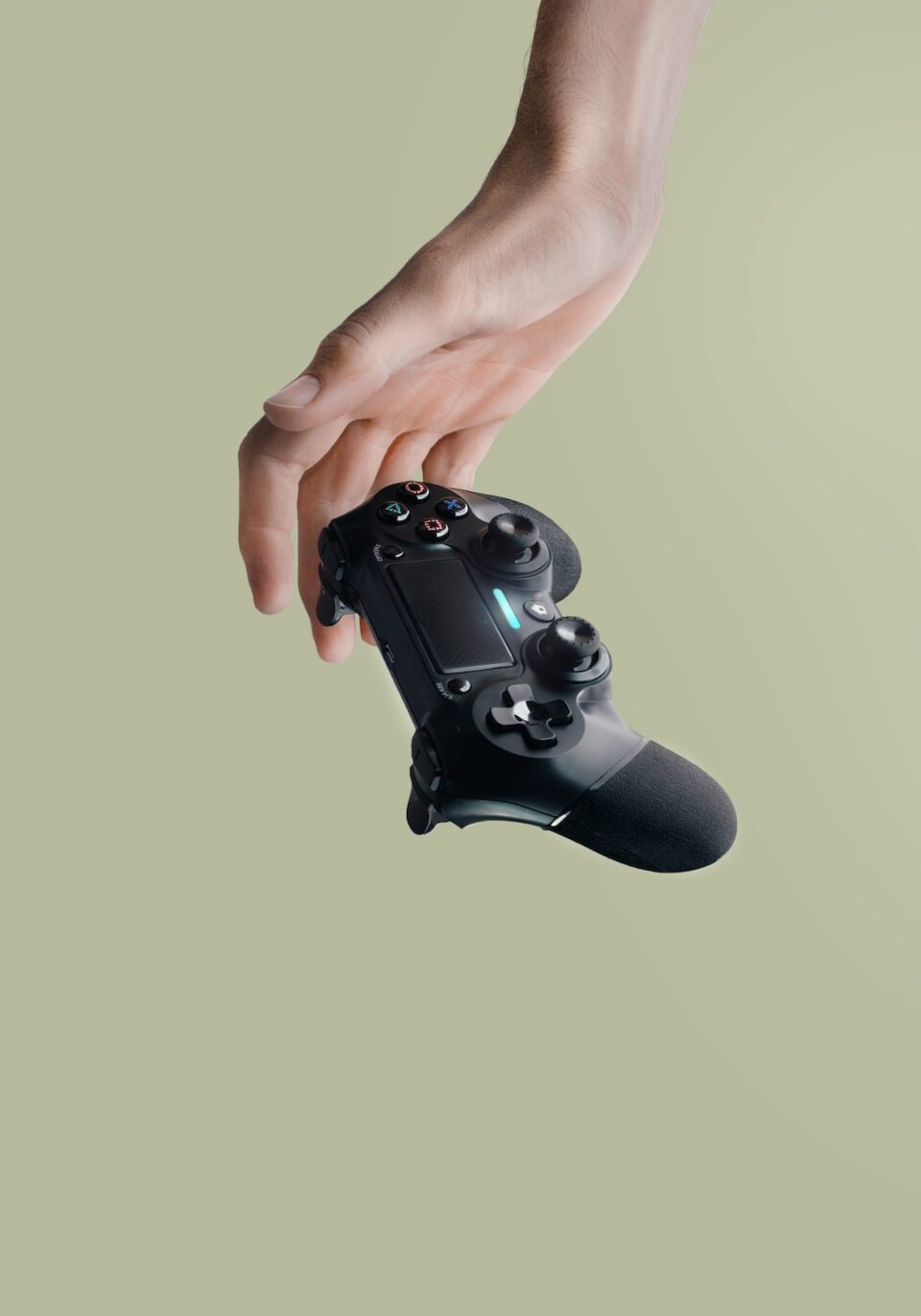Are you a gaming enthusiast looking to take your gaming experience to the next level? Building your own gaming PC can offer unparalleled performance and customization options. This beginner’s guide will take you through the step-by-step process of building the ultimate gaming PC.
1. Set Your Budget:
Before embarking on your gaming PC building journey, it’s crucial to determine your budget. This will help you choose the hardware components that provide the best performance for your price range. Keep in mind that building a gaming PC can be expensive, so it’s essential to strike a balance between your budget and your desired specifications.
2. Research, Research, Research!
Building a gaming PC requires knowledge about various hardware components such as the processor (CPU), graphics card (GPU), RAM, storage, and power supply. Spend some time researching different brands, models, and their specifications to make informed decisions. Online forums, tech websites, and YouTube tutorials are great resources for beginners.
3. Choose the Right Processor:
The processor is the brain of your gaming PC, so it’s crucial to choose the right one. Consider CPUs from reputable brands like Intel and AMD. Generally, a quad-core or higher processor with a high clock speed is optimal for gaming.
4. Graphics Card – The Key to High-Quality Gaming:
The graphics card is arguably the most critical component for gaming performance. Look for a graphics card that can handle the latest games at their highest settings. Brands such as NVIDIA and AMD offer a wide range of options to suit your budget and gaming preferences.
5. Sufficient RAM:
RAM, or Random Access Memory, allows your computer to handle multiple tasks simultaneously. Aim for at least 8GB of RAM for smooth gaming performance. However, if you’re planning to engage in more demanding tasks like video editing or streaming, consider upgrading to 16GB or more.
6. Storage Options:
When it comes to storage, you have two primary options: Solid State Drive (SSD) and Hard Disk Drive (HDD). SSDs offer faster load times and better overall performance, while HDDs provide larger storage capacities at a lower cost. Most gamers prefer a combination of both, with the operating system and frequently played games installed on the SSD for optimal performance.
7. Power Supply:
A reliable power supply is crucial to provide the necessary electricity to all your components. Ensure that your power supply unit (PSU) has enough wattage to handle your system’s requirements, and choose a reputable brand to ensure stability and safety.
8. Building the PC:
Once you’ve gathered all the necessary components, you’re ready to build your gaming PC. Start by assembling the motherboard, CPU, and RAM. Install the graphics card, followed by the storage devices and power supply. Connect all necessary cables, double-checking that everything is secure.
9. Install Operating System and Drivers:
After assembling your PC, install your preferred operating system (Windows, macOS, or Linux). Make sure to install the latest drivers for your graphics card and other hardware components. These drivers are essential for optimal performance in games and ensuring compatibility.
10. Customize and Optimize:
With the hardware and software set up, it’s time to personalize your gaming PC. Install any additional software or programs you’ll need, such as game launchers, streaming software, or overclocking utilities. Fine-tune your PC’s settings for optimal performance and tweak your RGB lighting if you desire.
Building your ultimate gaming PC may seem like an intimidating task at first, but with proper research and patience, it becomes an exciting and rewarding experience. Remember, building your gaming PC allows for flexibility, customization, and future upgradability. You’ll have a powerhouse machine built to cater to your gaming needs for years to come, providing an immersive and top-tier gaming experience like no other.

